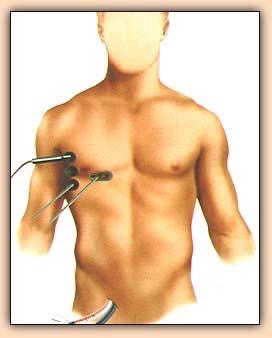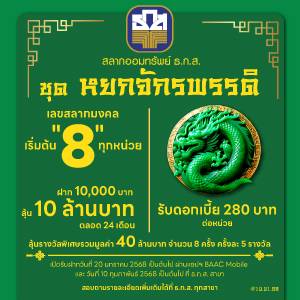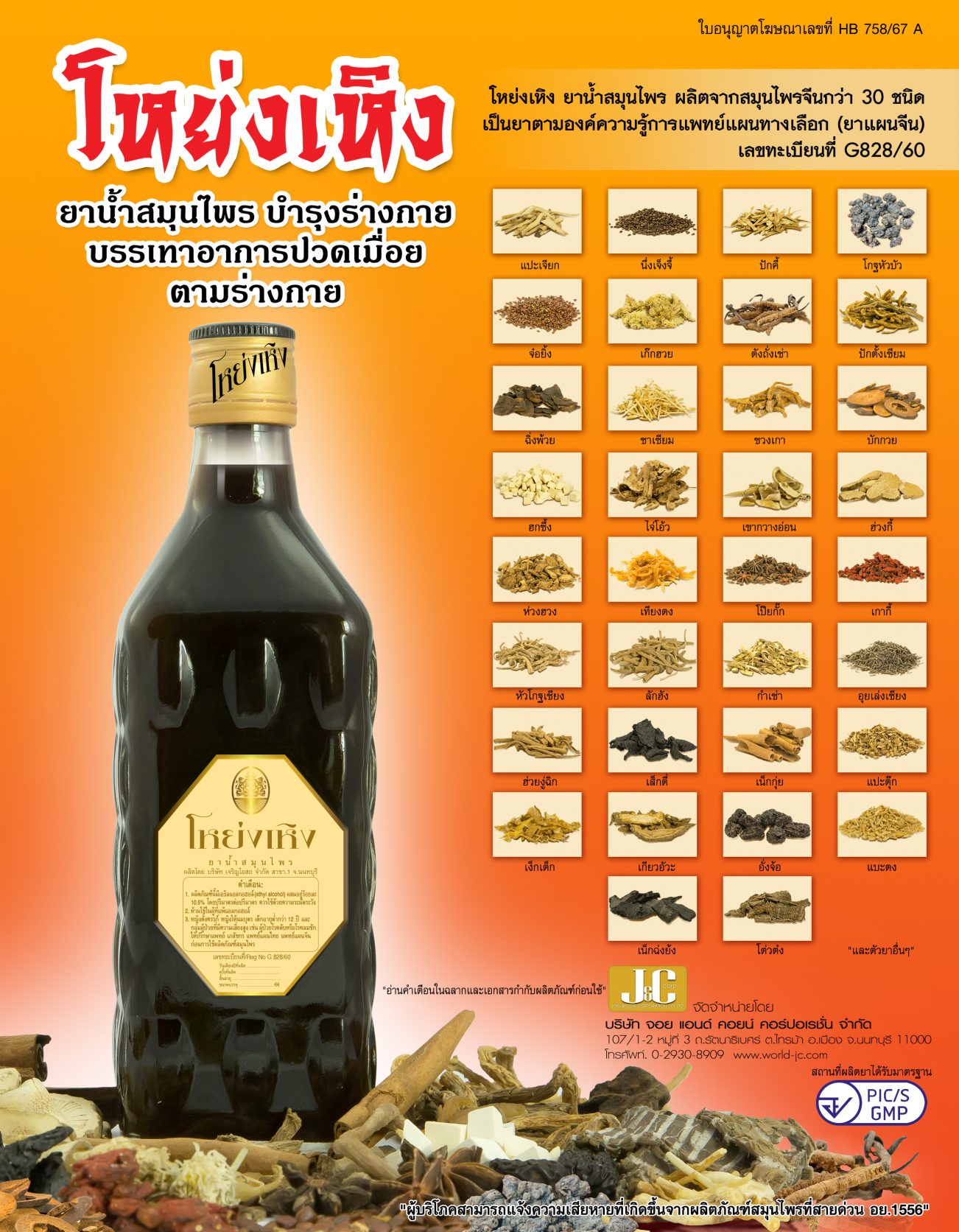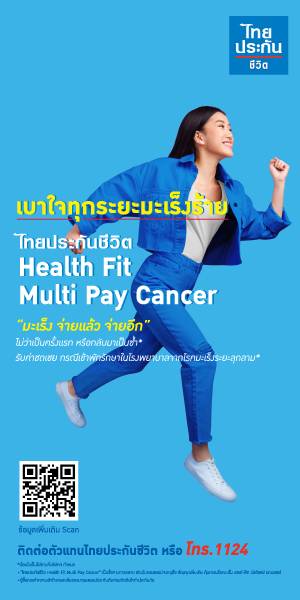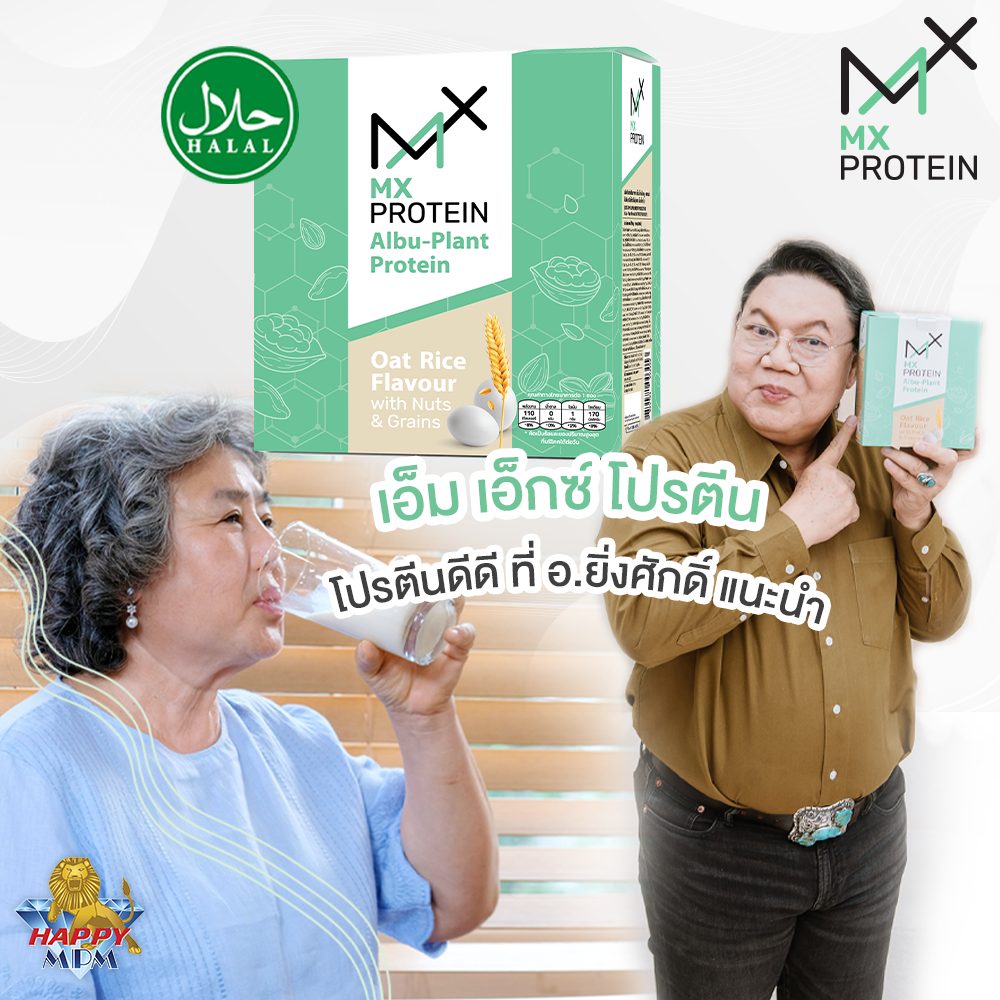สมาพันธ์หัวใจโลกรายงานว่าโรคหัวใจและหลอดเลือด เป็นสาเหตุการเสียชีวิตอันดับหนึ่งของโลก และพบผู้เสียชีวิตด้วยโรคหัวใจและหลอดเลือดทั่วโลก มากกว่า 20.5 ล้านคนต่อปี โดยปัจจุบัน ‘โรคลิ้นหัวใจ’ เป็นหนึ่งในภาวะที่พบได้บ่อย คือ โรคลิ้นหัวใจไมทรัล (Mitral Valve Disease) และโรคลิ้นหัวใจเอออร์ติก (Aortic Valve Disease) ซึ่งสาเหตุหลักมาจากความเสื่อมตามอายุที่มากขึ้น โรคไข้รูมาติก พันธุกรรม ภาวะติดเชื้อ และโรคเรื้อรังอื่นๆ

ผศ.นพ.สยาม ค้าเจริญ ศัลยแพทย์หัวใจและทรวงอก โรงพยาบาลรามาธิบดี ให้ข้อมูลว่า โรคลิ้นหัวใจแบ่งเป็น 2 ชนิด คือ ‘ลิ้นหัวใจตีบ’ และ ‘ลิ้นหัวใจรั่ว’ โดยลิ้นหัวใจตีบเกิดจากลิ้นหัวใจหนาตัวหรือมีหินปูนเกาะ ทำให้เลือดไหลผ่านได้ยาก ส่วนลิ้นหัวใจรั่วมักเกิดจากความเสื่อมหรือการฉีกขาดของลิ้นหัวใจ ส่งผลให้เลือดไหลย้อนกลับ โดยทั้งสองภาวะนี้ทำให้หัวใจทำงานหนักขึ้น ส่วนใหญ่มักจะเกิดในกลุ่มคนอายุ 40 ปีขึ้นไป เพราะหัวใจทำงานหนักมานาน และมีปัจจัยเสี่ยงอื่นๆ ร่วมด้วย เช่น ความดันโลหิตสูง ไขมันในหลอดเลือด เป็นต้น โดยผู้ป่วยมักมีอาการเหนื่อยง่ายขึ้น แน่นหน้าอก หัวใจเต้นผิดจังหวะ ใจสั่น เป็นลม ขาบวม หรือนอนราบไม่ได้ ซึ่งหากมีอาการดังกล่าว ควรรีบพบแพทย์เพื่อรับการวินิจฉัยและการรักษาอย่างเหมาะสม เพราะหากปล่อยทิ้งไว้อาจนำไปสู่ภาวะหัวใจล้มเหลว ซึ่งอาจเป็นอันตรายถึงขั้นเสียชีวิตได้
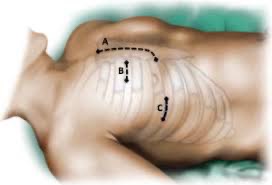
การวินิจฉัยโรคลิ้นหัวใจ แพทย์จะเริ่มจากการซักประวัติ ตรวจร่างกาย เอกซเรย์ปอด และตรวจหัวใจด้วยคลื่นเสียงความถี่สูง (Echocardiogram หรือ Echo) เพื่อประเมินระดับความรุนแรงของโรค ซึ่งแบ่งเป็น 3 ระดับ คือ น้อย ปานกลาง และรุนแรง หากพบภาวะตีบหรือรั่วอยู่ในระดับน้อย แพทย์จะรักษาด้วยการใช้ยาและแนะนำให้ปรับเปลี่ยนพฤติกรรมการใช้ชีวิตเพื่อประคับประคองอาการและชะลอความเสื่อมของลิ้นหัวใจ ในกรณีที่มีอาการรุนแรงขึ้น แพทย์อาจจะพิจารณาซ่อมแซมหรือเปลี่ยนลิ้นหัวใจเทียม เพื่อให้หัวใจกลับมาทำงานได้อย่างมีประสิทธิภาพอีกครั้ง
สำหรับการรักษาผู้ป่วยโรคลิ้นหัวใจ สามารถทำได้ทั้ง 2 วิธี ได้แก่
- การผ่าตัดหัวใจแบบมาตรฐาน หรือการผ่าตัดหัวใจแบบดั้งเดิม (Standard Open Heart Surgery หรือ Conventional Heart Surgery) เป็นการผ่าตัดที่ได้รับการยอมรับในระดับมาตรฐานสากล มีความปลอดภัยสูง ผลการรักษาสำเร็จดี มีหลักฐานยืนยันชัดเจนมาหลาย 10 ปี โดยจะเป็นการผ่าตัดด้วยการเปิดแผลบริเวณกลางหน้าอกยาวประมาณ 15-20 เซนติเมตร และมีการตัดกระดูกหน้าอกตรงกลางเพื่อเข้าไปผ่าตัดซ่อมหรือเปลี่ยนลิ้นหัวใจ ส่งผลให้ระยะเวลาในการฟื้นตัวนานประมาณ 3 เดือน จึงจะกลับมาออกกำลังกายเต็มที่ได้ หรือใช้ชีวิตได้ตามปกติ
- การผ่าตัดหัวใจแผลเล็ก (Minimally Invasive Cardiac Surgery หรือ MIS) เป็นเทคโนโลยีที่เข้ามานิคการผ่าตัดหัวใจที่ลดขนาดของแผลผ่าตัดและลดการรบกวนโครงสร้างของร่างกาย โดยการผ่าตัดหัวใจแบบแผลเล็ก จะมีหลายรูปแบบ เช่น ผ่าตัดกระดูกหน้าอกครึ่งหนึ่ง หรือผ่าระหว่างช่องซี่โครงทางด้านหน้าของอกด้านขวา หรือผ่าระหว่างช่องซี่โครงใต้ราวนมขวา เพื่อจะเข้าไปทำลิ้นหัวใจตำแหน่งต่าง ๆ กัน โดยข้อดีของวิธีนี้ คือ แผลจะมีขนาดเล็กประมาณ 4-5 เซนติเมตร ร่วมกับการเจาะรูใส่กล้องหรืออุปกรณ์พิเศษเข้าไปช่วยในการผ่าตัดได้อย่างแม่นยำ ซึ่งวิธีนี้จะไม่จำเป็นต้องผ่าตัดกระดูกกลางหน้าอก หรือหักซี่โครง
ปัจจุบัน การผ่าตัดหัวใจแผลเล็ก ไม่ได้จำกัดเฉพาะการรักษาโรคลิ้นหัวใจ เช่น โรคลิ้นหัวใจไมตรัล และโรคลิ้นหัวใจเอออร์ติก เท่านั้น แต่ยังสามารถใช้รักษาโรคหัวใจอื่นๆ ได้หลากหลาย อาทิ โรคหลอดเลือดหัวใจ โรคหัวใจเต้นผิดจังหวะ และโรคเนื้องอกในหัวใจ เป็นต้น
จุดเด่นของเทคนิคนี้ คือการลดขนาดของแผลผ่าตัดให้เล็กลงกว่าการผ่าตัดแบบเดิมหลายเท่า ส่งผลให้เนื้อเยื่อและอวัยวะภายในได้รับความบอบช้ำน้อยลง หลีกเลี่ยงการหักกระดูกหรือตัดกระดูก ลดความเสี่ยงต่อการติดเชื้อ บาดเจ็บน้อยลงส่งผลให้เสียเลือดน้อยกว่าการผ่าตัดแบบมาตรฐาน ผู้ป่วยจึงฟื้นตัวเร็วขึ้น พักฟื้นในโรงพยาบาลน้อยลง และสามารถกลับไปใช้ชีวิตประจำวันได้เร็วขึ้น
ผศ.นพ.สยาม ค้าเจริญ เน้นย้ำว่า “แม้การผ่าตัดหัวใจแบบแผลเล็กจะได้รับความสนใจมากขึ้น เพราะช่วยลดบาดเจ็บ ฟื้นตัวไว และกลับไปใช้ชีวิตประจำวันได้เร็วขึ้น แต่เทคนิคนี้อาจไม่เหมาะกับผู้ป่วยทุกราย โดยเฉพาะในรายที่มีโรคร่วมซับซ้อนหรืออยู่ในภาวะฉุกเฉิน เช่น เส้นเลือดหัวใจตีบหรือมีความเสียหายของลิ้นหัวใจหลายจุด ซึ่งแพทย์เจ้าของไข้จะเป็นผู้ประเมินอย่างรอบคอบ ทั้งนี้ การผ่าตัดด้วยเทคนิคแผลเล็กจำเป็นต้องดำเนินการโดยทีมแพทย์ที่มีความเชี่ยวชาญสูง ผ่านการฝึกฝนและสะสมประสบการณ์การผ่าตัดหัวใจแบบแผลเล็ก อย่างน้อย 50-120 ราย พร้อมทำงานร่วมกับทีมสหวิชาชีพที่มีความชำนาญ เพื่อให้มั่นใจว่าการรักษามีประสิทธิภาพและปลอดภัยเทียบเท่าการผ่าตัดแบบดั้งเดิม โดยยึดความปลอดภัยของผู้ป่วยเป็นหัวใจสำคัญ”
Minimally Invasive Heart Surgery: A New Era in Valve Disease Treatment Offering Reduced Burden, Faster Recovery, and Enhanced Quality of Life
The World Heart Federation reports that cardiovascular diseases are the leading cause of death globally, accounting for over 20.5 million deaths annually. Among these, ‘heart valve disease,’ particularly Mitral Valve Disease and Aortic Valve Disease, are common conditions primarily driven by age-related degeneration, rheumatic fever, genetics, infections, and other chronic illnesses.
Assistant Professor Dr. Siam Khajarern, a Cardiothoracic Surgeon at Ramathibodi Hospital, explains that heart valve disease manifests in two main forms: ‘stenosis’ (narrowing) and ‘regurgitation’ (leaking). Stenosis occurs when the valve thickens or calcifies, obstructing blood flow, while regurgitation results from valve deterioration or tears, causing backward blood flow. Both conditions strain the heart and predominantly affect individuals aged 40 and above due to prolonged cardiac workload and associated risk factors such as hypertension and hyperlipidemia. Patients often experience increased fatigue, chest tightness, arrhythmia, palpitations, fainting, leg swelling, or orthopnea. Prompt medical attention is crucial for diagnosis and appropriate treatment to prevent heart failure, a potentially life-threatening complication.
Diagnosis of heart valve disease involves a comprehensive approach, including medical history review, physical examination, chest X-ray, and echocardiogram (Echo) to assess the severity, categorized as mild, moderate, or severe. Mild cases are typically managed with medication and lifestyle modifications to alleviate symptoms and slow valve deterioration. However, more severe cases may necessitate valve repair or replacement with a prosthetic valve to restore efficient cardiac function.
Treatment options for heart valve disease include two primary methods:
- Standard Open-Heart Surgery (Conventional Heart Surgery): This globally recognized and highly safe procedure with well-established long-term success involves a 15-20 cm incision in the middle of the chest and cutting the breastbone to access and repair or replace the affected valve. The recovery period is typically around three months before full physical activity and normal life can be resumed.
- Minimally Invasive Cardiac Surgery (MIS): This advanced technique minimizes surgical incision size and reduces disruption to the body’s structures. Various approaches exist, including partial sternotomy, anterior thoracotomy through the right chest, or sub mammary incision on the right side, depending on the valve being addressed. The benefits include smaller incisions (approximately 4-5 cm) and the use of specialized instruments and cameras for precise surgical intervention. This method avoids cutting the breastbone or fracturing ribs.
Currently, minimally invasive heart surgery is not limited to Mitral and Aortic Valve Disease but extends to treating a range of other cardiac conditions, including coronary artery disease, cardiac arrhythmias, and heart tumors.
Key advantages of this technique include significantly smaller incisions compared to traditional surgery, leading to less tissue and organ trauma, avoidance of bone fractures or cutting, reduced risk of infection, less blood loss, faster patient recovery, shorter hospital stays, and a quicker return to daily activities.
Assistant Professor Dr. Siam Khajarern emphasizes, “While minimally invasive heart surgery is gaining popularity due to its reduced invasiveness, faster recovery, and quicker return to daily life, it may not be suitable for all patients, especially those with complex comorbidities or emergency conditions such as severe coronary artery disease or multi-valve damage. The attending physician will conduct a thorough evaluation. Furthermore, this technique requires a highly skilled surgical team with extensive training and experience in minimally invasive heart surgery (at least 50-120 cases), working collaboratively with a specialized multidisciplinary team to ensure treatment efficacy and safety comparable to traditional surgery, with patient safety as the top priority.”



